Species Photo Gallery for Xestocephalus superbus No Common Name |
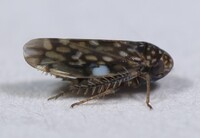 | Photo by: Rob Van Epps
Mecklenburg Co.
Comment: Attracted to UV light. Suburban yard with woods. |  | Photo by: Rob Van Epps
Mecklenburg Co.
Comment: Attracted to UV light. Suburban yard with woods. |
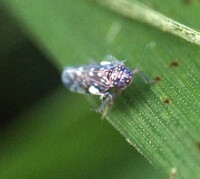 | Photo by: Ted Wilcox
Watauga Co.
Comment: unid_leafhopper | 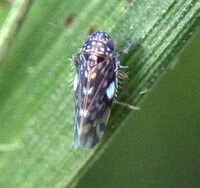 | Photo by: Ted Wilcox
Watauga Co.
Comment: unid_leafhopper |
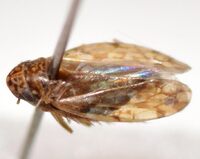 | Photo by: J. B. Sullivan
Carteret Co.
Comment: Pocosin, dry oak habitat; uv trap. Female, photographed by K. Kittelberger |  | Photo by: J. B. Sullivan
Carteret Co.
Comment: Pocosin, dry oak habitat; uv trap. Female, 3.2 mm; photographed by K. Kittelberger |
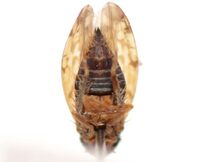 | Photo by: J. B. Sullivan
Carteret Co.
Comment: Pocosin, dry oak habitat; uv trap. Female, 3.2 mm; photographed by K. Kittelberger | 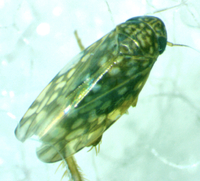 | Photo by: Ken Kneidel
Mecklenburg Co.
Comment: 2.5 mm, came to UV/CFL light at night |
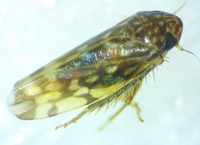 | Photo by: Ken Kneidel
Mecklenburg Co.
Comment: 2.5 mm | 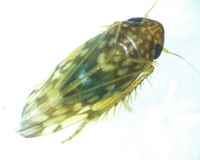 | Photo by: Ken Kneidel
Mecklenburg Co.
Comment: 2.5 mm |
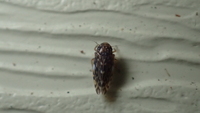 | Photo by: Erich Hofmann
Craven Co.
Comment: | 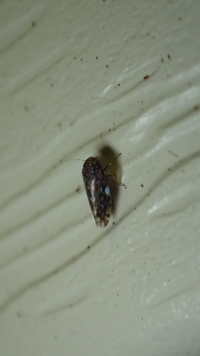 | Photo by: Erich Hofmann
Craven Co.
Comment: |
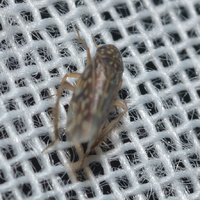 | Photo by: Margarita Lankford
Orange Co.
Comment: Attracted to UV lightrnhttps://www.inaturalist.org/observations/63795494 |  | Photo by: Mark Shields
Onslow Co.
Comment: |
 | Photo by: Ken Kneidel
Mecklenburg Co.
Comment: 2.7 mm, forest and beaver dam edge | 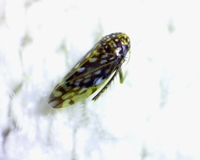 | Photo by: Ken Kneidel
Mecklenburg Co.
Comment: 2.7 mm, forest and beaver dam edge |
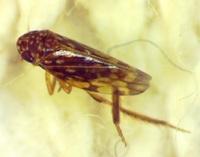 | Photo by: Ken Kneidel
Mecklenburg Co.
Comment: 2.5 mm | 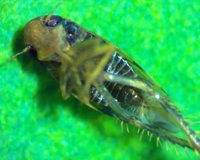 | Photo by: Ken Kneidel
Mecklenburg Co.
Comment: 2.5 mm |
 | Photo by: Kyle Kittelberger
Wake Co.
Comment: female, 2.8 mm | 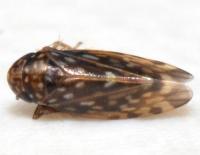 | Photo by: Kyle Kittelberger
Wake Co.
Comment: female, 2.8 mm |
 | Photo by: Kyle Kittelberger
Wake Co.
Comment: female, 2.8 mm |  | Photo by: Kyle Kittelberger
Wake Co.
Comment: female; 2.7 mm |
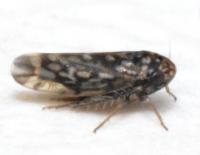 | Photo by: Kyle Kittelberger
Wake Co.
Comment: female; 2.7 mm | 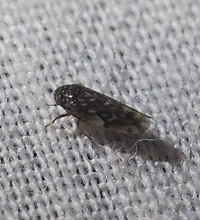 | Photo by: R Emmitt
Orange Co.
Comment: unid_leafhopper |
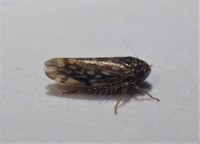 | Photo by: Rob Van Epps
Mecklenburg Co.
Comment: Hardwood forest, attracted to black light. | 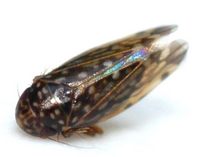 | Photo by: Kyle Kittelberger
Wake Co.
Comment: mixed hardwood forest habitat |
 | Photo by: Paul Scharf
Warren Co.
Comment: Attracted to Light | 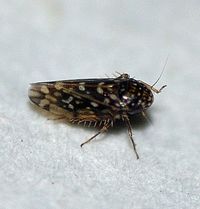 | Photo by: Paul Scharf
Warren Co.
Comment: Attracted to Light |
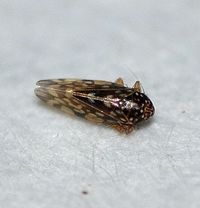 | Photo by: Paul Scharf
Warren Co.
Comment: Attracted to Light |  | Photo by: Kyle Kittelberger
Wake Co.
Comment: mixed hardwood forest habitat; an unusually dark specimen |
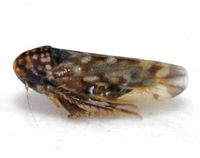 | Photo by: Kyle Kittelberger
Wake Co.
Comment: mixed hardwood forest; small individual, 2.6 mm long | 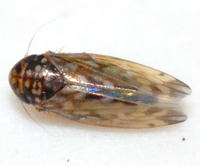 | Photo by: Kyle Kittelberger
Wake Co.
Comment: mixed hardwood forest; small individual, 2.6 mm long |
 | Photo by: Kyle Kittelberger
Wake Co.
Comment: mixed hardwood forest; small individual, 2.6 mm long | 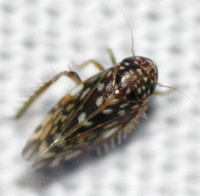 | Photo by: Kyle Kittelberger
Wake Co.
Comment: mixed hardwood forest habitat |
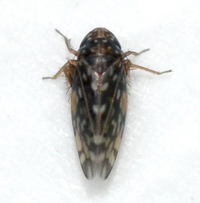 | Photo by: Kyle Kittelberger
Wake Co.
Comment: mixed hardwood forest habitat | 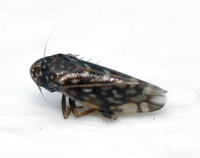 | Photo by: Kyle Kittelberger
Wake Co.
Comment: mixed hardwood forest habitat |
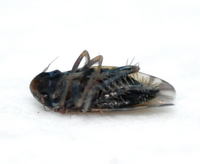 | Photo by: Kyle Kittelberger
Wake Co.
Comment: mixed hardwood forest habitat |  | Photo by: Kyle Kittelberger
Wake Co.
Comment: mixed hardwood forest habitat |
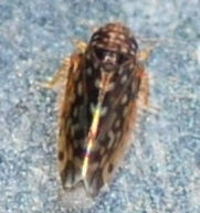 | Photo by: Kyle Kittelberger
Wake Co.
Comment: mixed hardwood forest |

 »
»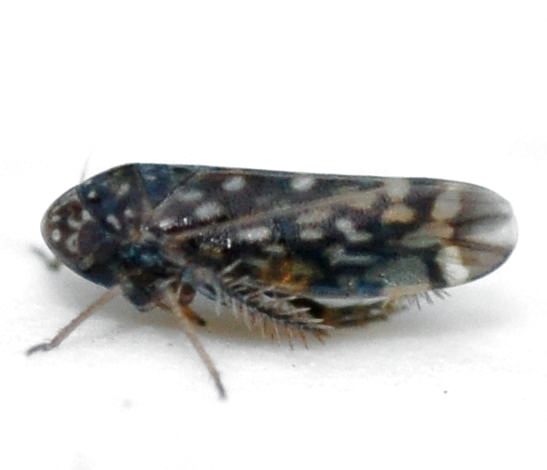
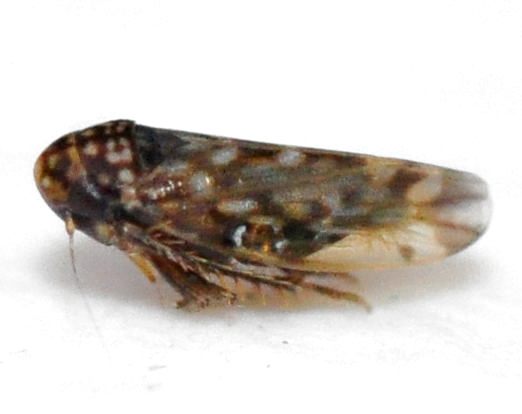
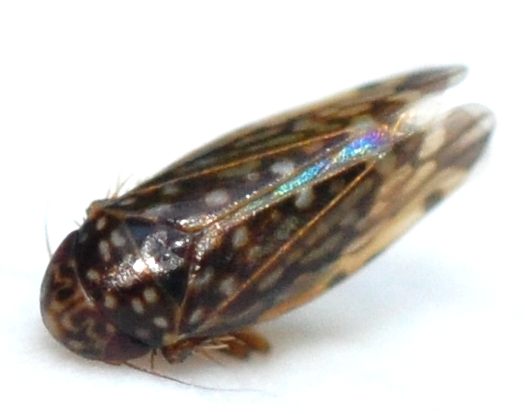
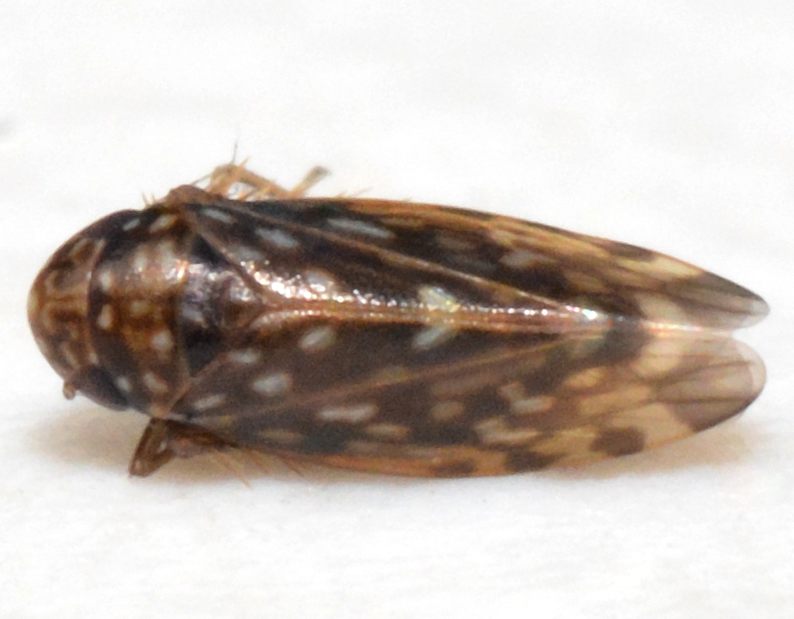

 »
»


